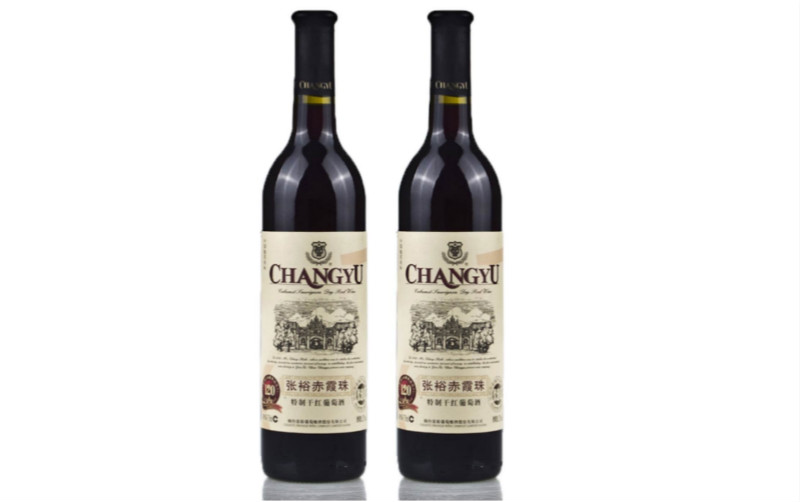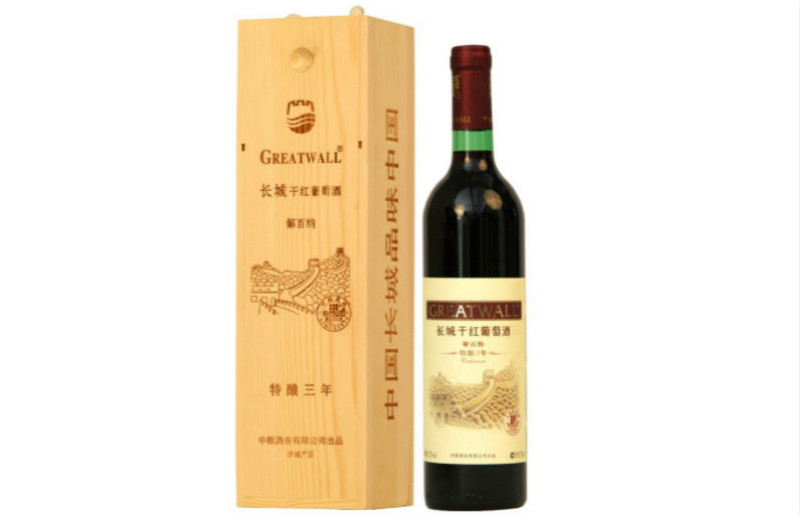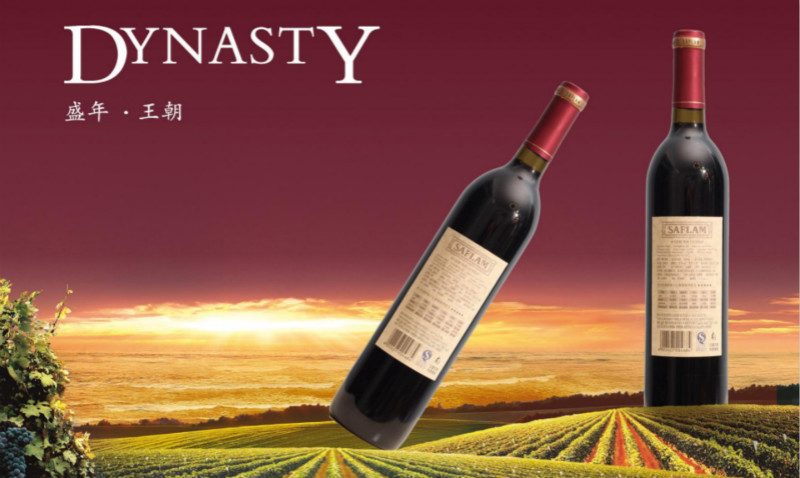Wine Drinking in China
Wine has a long history in China and wine consumption has grown dramatically since the economic reforms of the 1980s. Ningxia wines have received international recognition. Notable wine-producing regions include Xinjiang, Beijing, Yantai, Zhangjiakou in Hebei, Yibin in Sichuan, Tonghua in Jilin, Taiyuan in Shanxi, and Ningxia. China is set to outpace much of the rest of the world by 2020 and become the world’s second-largest wine market.
History of Chinese Wine
In 1995, a joint Sino-USA archaeology team investigated the two archaeological sites 20 km to the northeast of Rizhao, and discovered the remnants of a variety of alcoholic beverages including grape wine, rice wine, mead, and several mixed beverages of these wines. Out of more than two hundred ceramic pots discovered at the sites, seven were specifically used for grape wine. Remnants of grape seeds were also discovered.
Grape wine in China originated some 4,600 years ago, longer than the known history of rice wine. In China, the practice of using grapes to produce wine probably dates back to the Han Dynasty (206-220 BC) or the Three Kingdoms period in the Central Plains (220 BC – 265 AD). Yellow Liquor, as the name suggests, is a spirit of yellow or brown color. Containing 15% to 18% alcohol, it was created in Shang and Zhou Dynasties (circa 1600 – 256 B.C.E.) and was widely accepted by society, due to its rich nutritional value and the fact its quality increased with age.
Production of Chinese Wine
The Xinjiang people had originally acquired grape plantation and wine brewing technology from the Persians. The Compendium of Materia Medica describes two methods for making wine. One simple method was to “use grape juice for fermenting in the same way as the fermentation of glutinous rice, or use dried crushed grapes if no juice is available”, while the other method was similar to the making of ardent spirits by “using scores of kilograms of grapes and fermenting them with raw starters in a caldron by steaming and then collecting the lively red dews dripping off with a container”.
The nation’s industrialized wine production didn’t start until 1892, when a Chinese tycoon Chang Bishi (1841-1916) founded the Changyu Wine production company in Yantai, Shandong. China then introduced more than a hundred varieties of wine and a vast range of wine making equipment from Europe, and recruited foreign wine specialists. In 1980, at the beginning of Chinese economic reform, Rémy Martin ventured into China to set up the first joint-venture enterprise in Tianjin: the Dynasty Wine Ltd., which was also the second joint-venture enterprise in China. Over the years, the company developed over 90 brands of alcoholic beverages, and its products won numerous awards both domestically and abroad.
Top Brands of Chinese Wine
Changyu Cabernet(张裕赤霞珠)

Changyu was founded in 1892 by Mr. Chang Bishi, a patriotic leader of overseas Chinese in modern China, in Yantai City, Shandong Province, revealing the era of Chinese wine in industrialized production. After 125 years of development, Changyu has been the largest wine production and operation enterprise in China, even in Asia, and is becoming an international wine brand operator possessing a number of internationally excellent brands.
Changyu will continue to explore vintage wine in different production regions around the world for Chinese consumers. Together with the Chinese wine brands of Changyu, such foreign wine brands will become high-quality, high cost-effective and diversified product choices for Chinese consumers.
Great Wall Wine(长城)

Established in 1978, Greatwall is China’s pre-eminent winery, owned by state-owned COFCO Group, with substantial vineyard holdings in 4 provinces of China, including Hebei, Shandong, Ningxia and Xinjiang. Advised by international consultants such as Bordeaux heavyweight Michel Rolland, the Greatwall winery has now developed into an international wine and spirits group with a diversity of wine styles, from bone dry to lusciously sweet, as well as a collection of recognised brand names, such as Chateau Sungod, the winery’s premium wine range often served at China’s state dinners. It was most recently served at a state dinner at Beijing’s Great Hall of the People, when President Trump and his delegation visited.
Dynasty Wine(王朝)

Dynasty is a leading premier winemaker with a dominant presence in the PRC wine market. The brand name, “Dynasty”, was recognised as a well-known trademark by the State Administration for Industry and Commerce of the PRC. For thirteen of the fifteen years between 1997 and 2011, Dynasty was granted “The Certificate of Best Selling Grape Wines” in the PRC by the China Industry and Enterprise Information Centre.
Keep Reading











